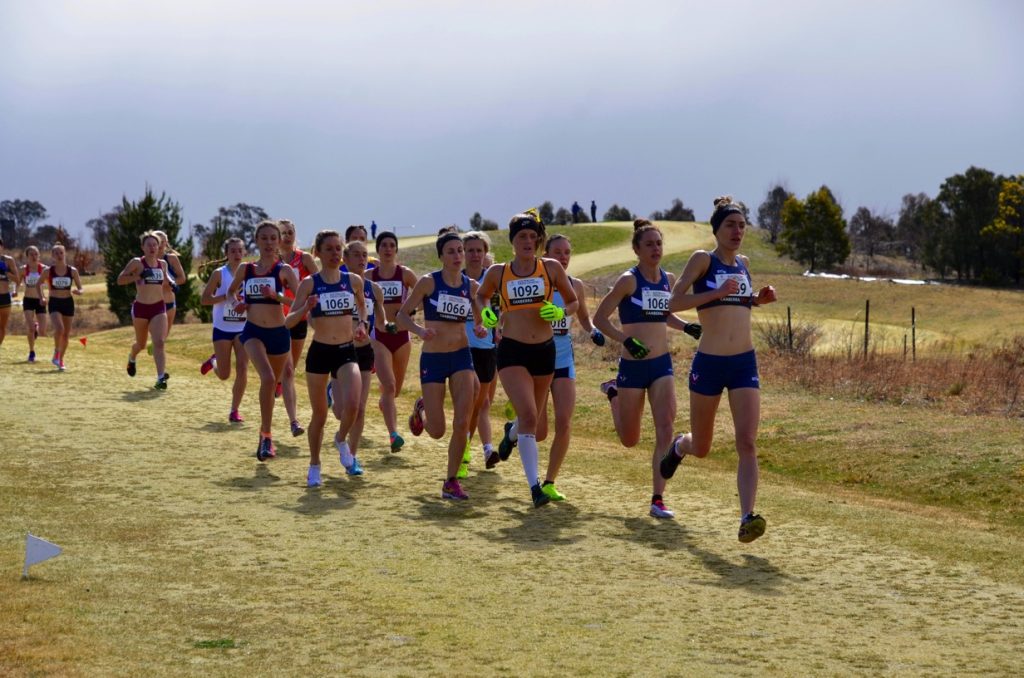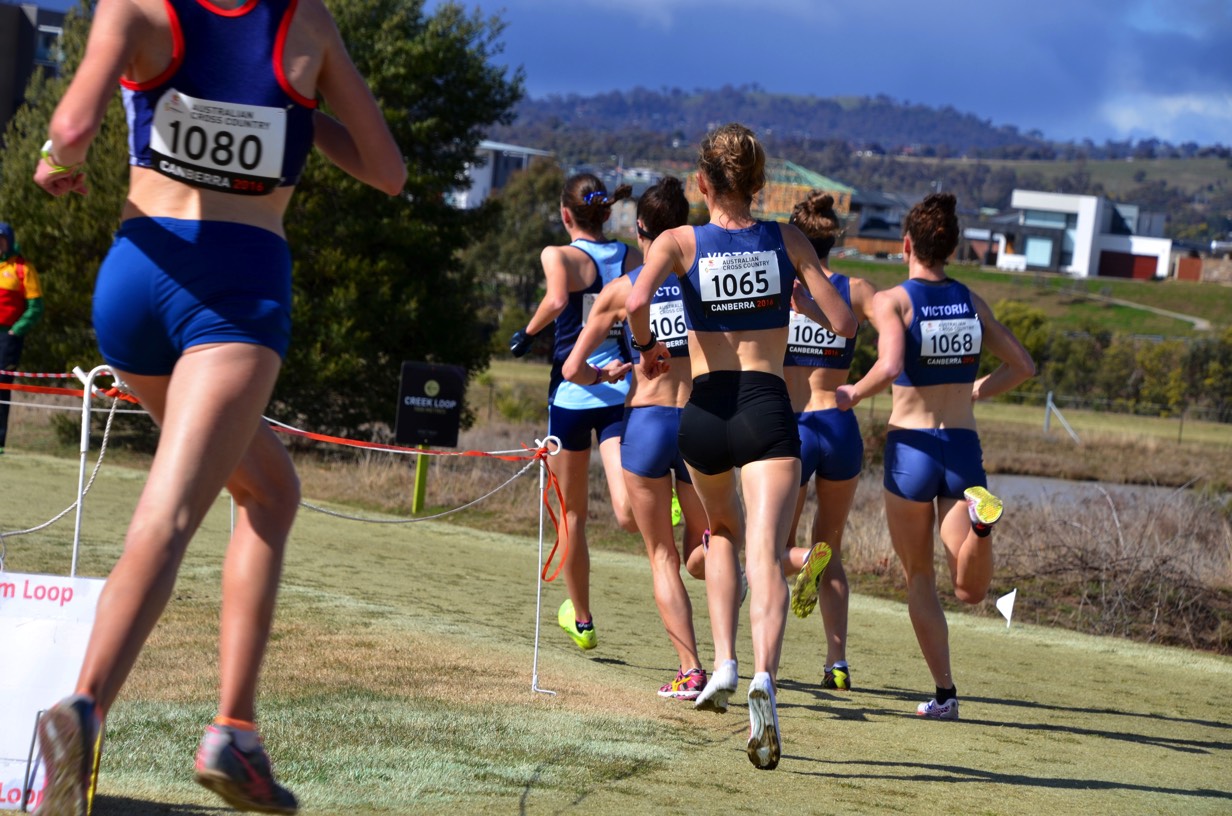Runner’s Tribe Opinion Piece – It’s Time to Equalise the Distance in XC | Written by Amity Delaney
The question remains “why do men and women not race the same distances?” From ages 16 and upwards, men consistently race at least 2km further than women do. The argument that shorter distances encourage increased participation is discriminatory against female cross-country runners who want to excel at the national level.

As a former competitive distance runner, I continuously encountered frustration throughout the latter of my teenage years at my inability to compete as far a distance as the boys did. Cross-country is a sport designed for long-distance runners. Up until 16 years of age women and men compete the same distances so why was it that once I turned 16 I could no longer compete at the same distances as men?
It is argued that shorter distances for women’s cross-country races foster greater participation in the sport. However, cross-country is a long-distance event. It isn’t designed for participation from people who are not distance runners. During the track season, there are several events, particularly the 800m and the 1500m which are perfectly suitable for middle-distance runners. There is no reason why cross-country races should be shortened to extend participation to a group of athletes that are involved in a different sphere of the sport of running.
Keeping cross-country races at a shorter distance hampers the ability of distance runners to excel in the sport they are training for. Cross-country provides long-distance runners with a chance to race the same distances as track but across a more interesting and potentially challenging terrain. By shortening the distance, female long-distance runners are disadvantaged and forced to compete against middle-distance athletes who may have greater speed over the shorter distances. Whilst participation may decrease as a whole if the distance is increased, female cross-country runners will be able to be competitive in their desired event. The benefits to this group of runners outweighs the negative effects of reduced participation.
The fact that this argument is not directed at men’s cross-country races, which continue to remain at longer distances, is evident of the underlying sexism that still exists in sport today. This sexism can be seen in other sports. In tennis, women continue to only compete in three sets versus men competing in five. But in races such as the City to Surf and the Olympic marathon, men and women compete in the same distances – 14km for the City to Surf or 42km in the marathon. It has been physiologically proven time and time again that women are as capable as men at competing at the same distances in running. A study conducted by the National Center for Biotechnology Information demonstrates that women may actually have an advantage over men in sports such as distance running and tennis because their typically lower body mass allows them to withstand heat for longer. So why is there still a disparity in the distances run?
It’s time for any excuses of participation, exclusion and physiological incapability to be placed aside. It’s time to equalise the distance.
References
Chive. (October 6 2016). Why Do Women Still Run Shorter Distances in Cross Country?. Salty Running. Retrieved from: https://www.saltyrunning.com/why-women-run-shorter-distances-cross-country/
Estes, S. (October 21, 2015). Tennis: Why don’t grand slams introduce best of five sets matches for women too?. Quora. Retrieved from: https://www.quora.com/Tennis-Why-dont-grand-slams-introduce-best-of-five-sets-matches-for-women-too
Marino, FE., Mbambo, Z., Kortekaas, E., Wilson, G., Lambert MI., Noakes, TD., Dennis, SC. (December 2000). Advantages of smaller body mass during distance running in warm, humid environments. National Center for Biotechnology Information, 441 (2-3), pp. 359-67. Retrieved from: https://www.ncbi.nlm.nih.gov/pubmed/11211124?dopt=Abstract
Senne, J. (February 26, 2016). Examination of Gender Equity and Female Participation in Sport. The Sport Journal, 19. Retrieved from: http://thesportjournal.org/article/examination-of-gender-equity-and-female-participation-in-sport/
School Sport Australia. (April 2016). School Sport Australia Cross Country Rules and Guidelines (pp. 1-16). Retrieved from: http://www.schoolsport.edu.au/wp-content/uploads/2016/04/Cross-Country-Rules-and-Guidlines-Updated-April-2016.pdf
School Sport Australia. (2017). Cross Country. Accessed 10/4/17, from http://www.schoolsport.edu.au/home-2/sports-information/cross-country/




















It could be crowd numbers? I’m not sure they get as many people paying to watch women.
Só probably don’t want to draw it out longer